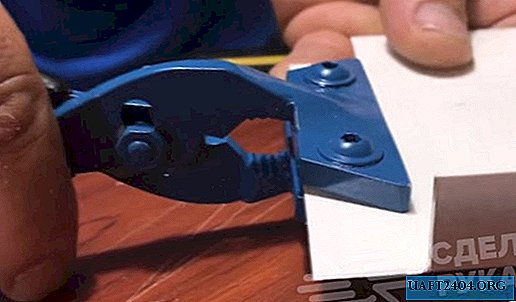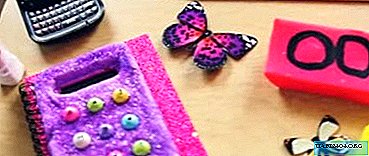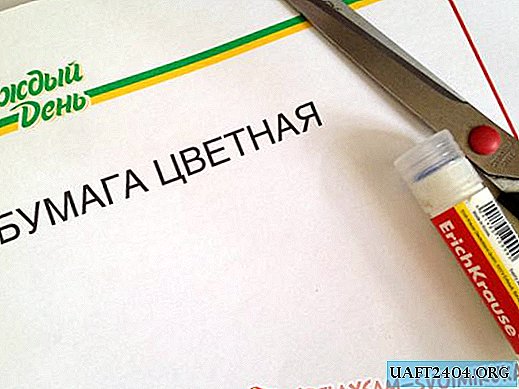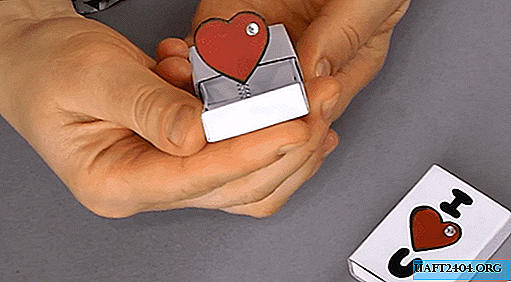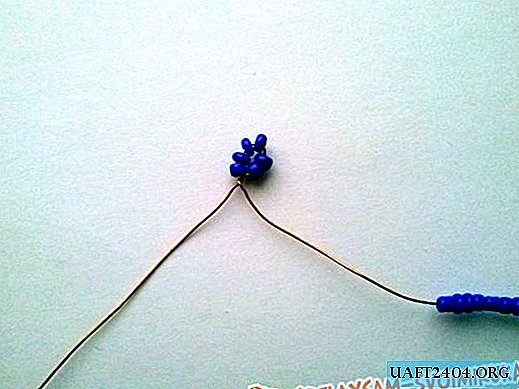Share
Pin
Tweet
Send
Share
Send
The choice of a particular heating system depends on the type of future flooring and the stage of repair work. In the case of laying ceramic tiles and porcelain tiles, it is recommended to give preference to cable electric underfloor heating. It, in turn, is produced in the form of a heating section, requiring a screed on top in the region of 3-5 cm and a heating mat, mounted directly immediately under the tile. Most often, the second type of underfloor heating is preferred, since the heating mat requires less preparatory work and has easier installation in comparison with the heating section, and also allows you to put the system into operation as soon as possible.
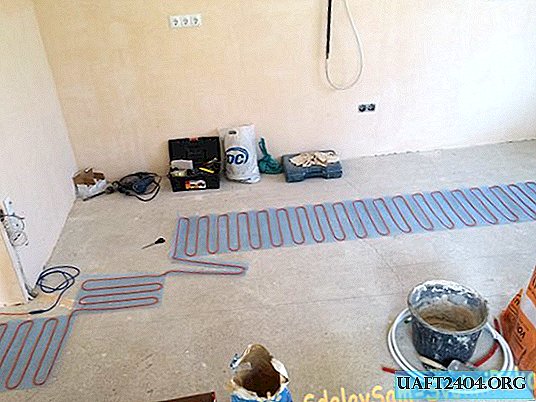



The heating mat is a shielded heating cable, in triple insulation, fixed with a fixed laying pitch (usually 7-7.5 cm) in the form of a snake on a special rigid mesh sickle. The grid is cut, which allows you to lay this type of underfloor heating in any room, even irregularly shaped.
According to its type, the heating mat is divided into two types:
- single-core, is a single-core shielded heating cable, with two cold ends, separated by heating couplings from the heating part. The power of this system is on average about 150 W / sq. m. This type of underfloor heating is recommended to be selected in the case when comfortable heating of the floor covering is required;
- two-core, represents a two-core shielded heating cable, with one cold end separated from the heating part by a connecting sleeve. This type of heating has an average power of about 160 W / sq. m. Used when it is necessary to significantly increase the temperature in the room.
Cold ends are required for direct mounting to the thermostat. Their length depends on the square of the heating mat, an average of 1.5-3 meters, depending on the manufacturer. If necessary, they are shortened or lengthened to the desired size.
An additional shield of the heating cable protects against electric shock in case of direct damage. Not all manufacturers are shielding cables, as this requires additional costs. It is not recommended to purchase cable underfloor heating that does not have these characteristics, no matter what the attractive price. Due to the triple insulation and the shielded screen, the heating mats are not afraid of a humid environment, and they can work even in water, in case of unforeseen situations. In addition, another protective function is the presence of grounding.



A resistive cable must be used to produce the heating mat and section. Its feature is that the ohmic resistance varies depending on the ambient temperature. Factory kits are not subject to increase or decrease, this threatens the failure of the entire heating system. But it is precisely thanks to the resistive cable that the lifetime of underfloor heating produced on its basis is much higher.
When choosing a manufacturer's company, you should pay attention to the mains voltage required for the proper functioning of the warm floor. Many European and American brands produce underfloor heating, designed for mains voltage of 230 volts. If the network has a lower voltage, the heating system will not work, as provided by the manufacturer, it simply will not have enough power.
When using a heating mat as the sole and main source of heating, a warm floor should occupy about 70% of the entire space of the room. If the floors are mounted as additional heating, they should occupy about 40-50% of the entire square of the room.
Installation is allowed only on a free area not occupied by cabinet furniture and household appliances. Be sure to indent from all walls and large furniture about 10-15 cm.
For the safe installation of ceramic tiles, it is recommended to “tighten” the heating mat with a thin layer of tile glue, allow it to dry and subsequently “lay” the tile in shoes with soft soles in the usual way, avoiding the slightest air gaps. Operation of the heating mat can only be carried out as the tile adhesive completely dries, usually about 2 weeks.




When choosing one or another set of underfloor heating, it is strongly recommended that you contact specialists who can correctly calculate the required power of the warm floor and the quadrature, based on the characteristics of the room.
Share
Pin
Tweet
Send
Share
Send

